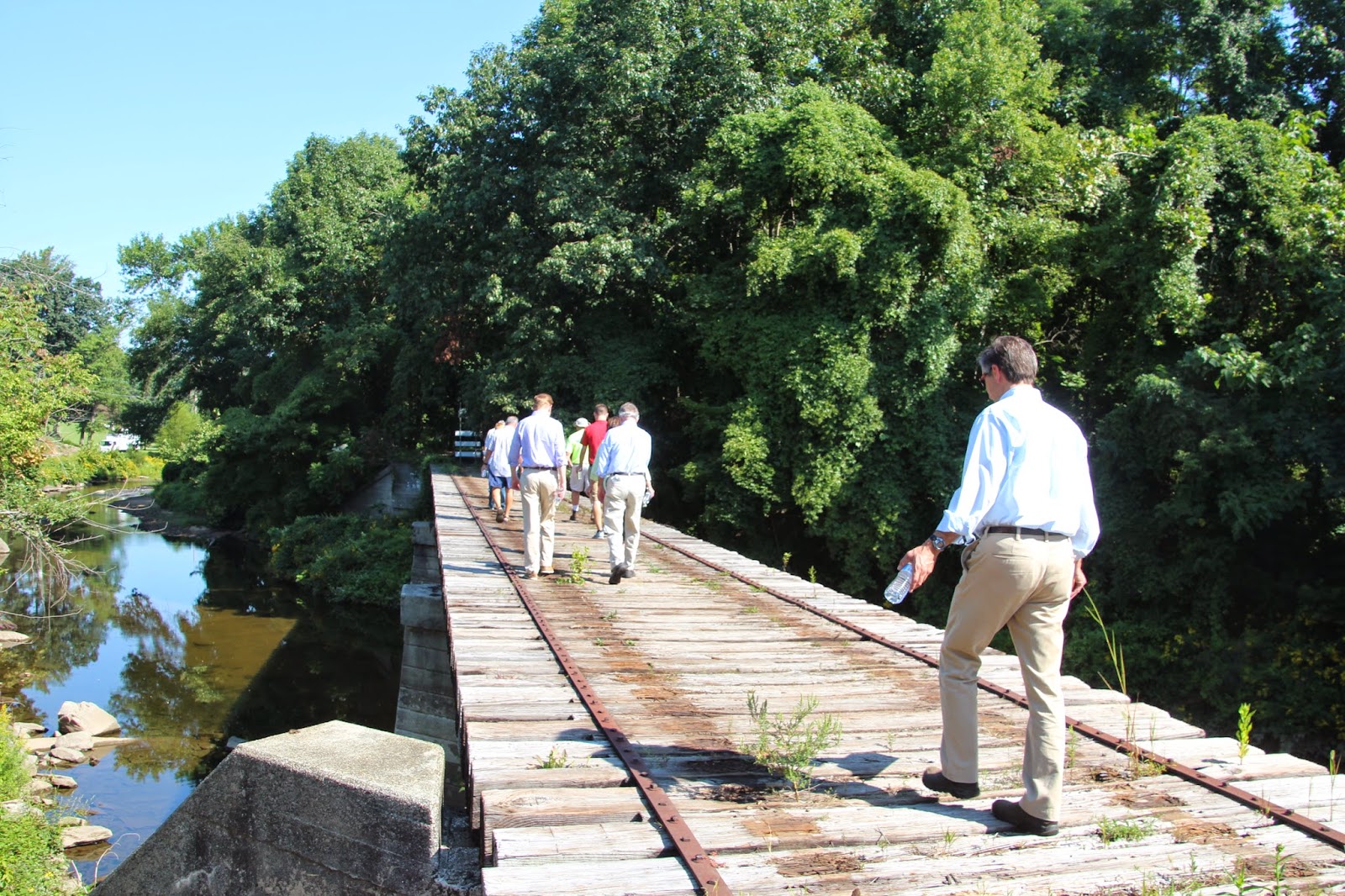No Egos
1 hour ago
 |
| Traversing a trestle spanning my creek at the southern end of my preserve |
 |
| The trail route through the southern end of my preserve |
 |
| Estimating the width of the final trail |
 |
| Purple loosestrife (Lythrum slicaria) and rose-mallow (Hibiscus moscheutos) along the trail |
 |
| Approaching the post office/train station in the historic district at the edge of my preserve |
 |
| My creek just upstream from the post office |
 |
| Crossing another trestle over my creek (there are three trestles in my preserve). House on the right is private. |
 |
| My creek viewed upstream from the trestle, above |
 |
| A green tunnel |
 |
| An historic stone-arch road bridge over my creek, now part of our trail system and off limits to traffic. This is the second-oldest bridge in our county (1840). |
 |
| Invasive Gulch |
 |
| Knotweed in flower |
 |
| Porecelain-berry is rapidly engulfing the trees in the background |
 |
| Knotweed (background) and purple loosestrife |
 |
| Purple loosestrife (mostly) with a little porcelain-berry in the foreground |
 |
| The knotweed in the foreground is being over-topped by porcelain-berry |
 |
| The creek in the county park downstream of my preserve |
 |
| Classroom training |
 |
| Choosing a monitoring site |
 |
| Creekside fieldwork. The prominent outcrop in the background is called Council Rock. |
 |
| A riffle at sunset |
 |
| The new Hocking River channel |
